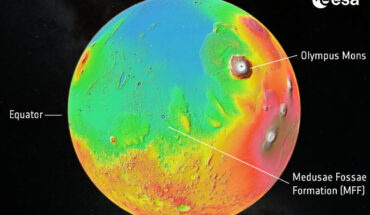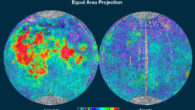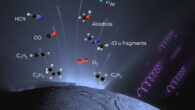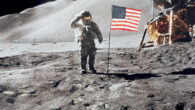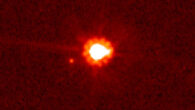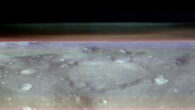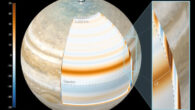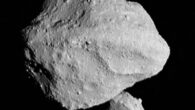Over 15 years ago, ESA’s Mars Express spacecraft studied the Medusae Fossae Formation, revealing enigmatic deposits up to 2.5 km deep. From those early observations, it was unclear what the deposits were made of, but the new research has an answer. This image shows a height map of the Martian surface, with lowest land in blue and highest in white. Image credit: ESA. The Medusae Fossae Formation (MFF) — a massive, unusual deposit of soft rock...

